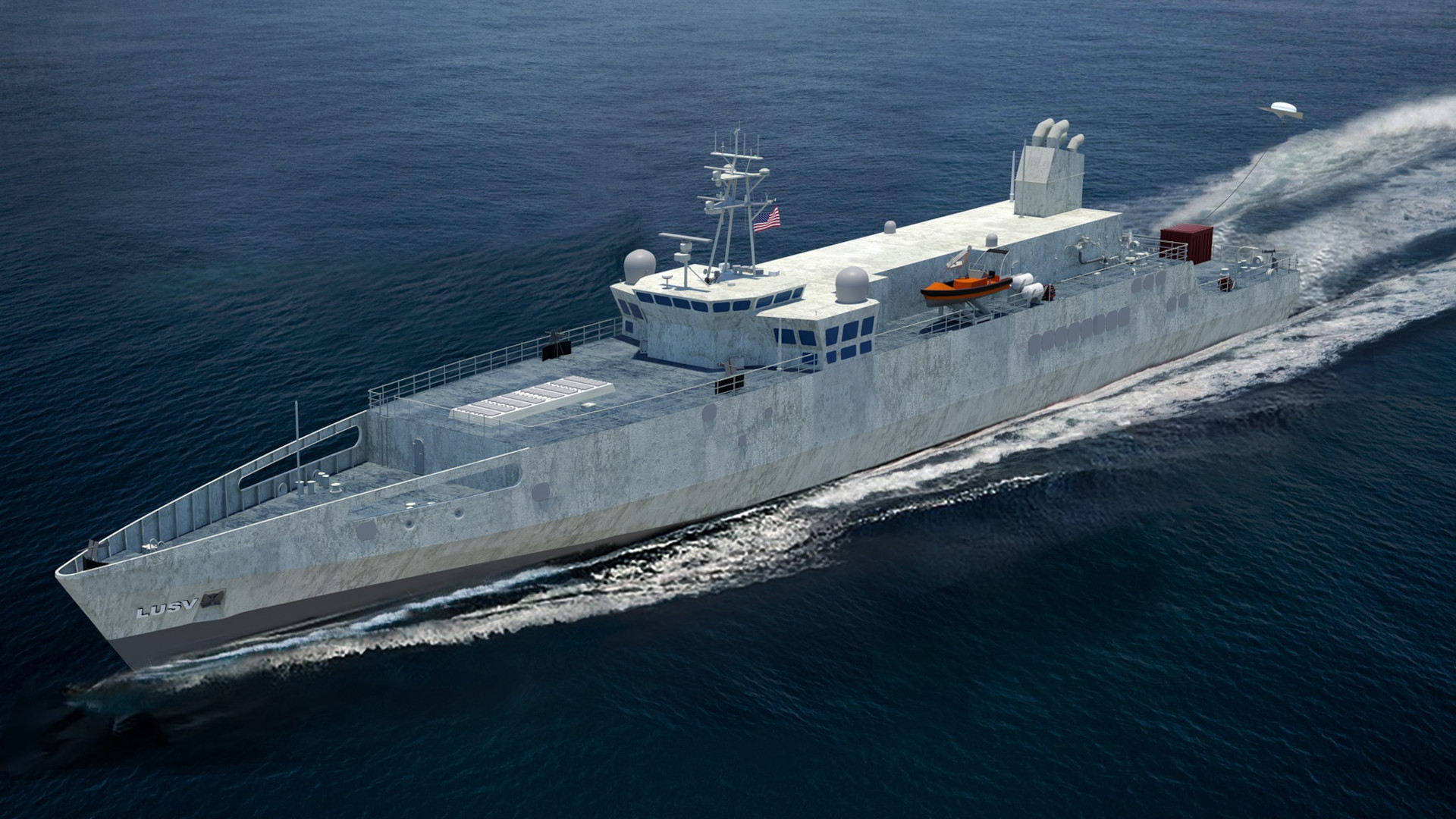Australian authorities want to acquire a new class of six optionally-crewed ships for the country’s Navy as part of a cooperative effort with the U.S. Navy. The plan is for these vessels, each of which will have 32 vertical launch system cells, to provide additional distributed magazine depth at a lower cost to bolster the capabilities of the country’s larger surface combatants. This is part of a broader plan to transform and roughly double the size of the Royal Australian Navy’s major surface combatant fleets by the 2040s which also includes the acquisition of up to 11 new general-purpose frigates.
Australian Prime Minister Anthony Albanese’s government released an unclassified summary of the new overall plan for the Royal Australian Navy’s surface fleets, which is the product of an independent analysis that builds out from the 2023 Defense Strategic Review (DSR), yesterday. In addition to the planned acquisition of the six optionally-crewed ships and between seven and 11 general purpose frigates, the review also calls for trimming back the planned fleet of new Hunter class frigates from nine to six ships, a cut to Arafura class Offshore Patrol Vessel (OPV) procurement from 12 to six ships, and the acquisition of additional small patrol boats.
A major planned upgrade and life extension program for the Royal Australian Navy’s existing Anzac class frigates is also now set to be axed, though some of those ships are still going to receive enhanced maritime strike capabilities.
The inclusion of the six optionally-crewed vessels in the new Royal Australian Navy fleet plan is particularly eye-catching as this is a type of ship not in any way in service in the country, or anywhere else in the world currently.
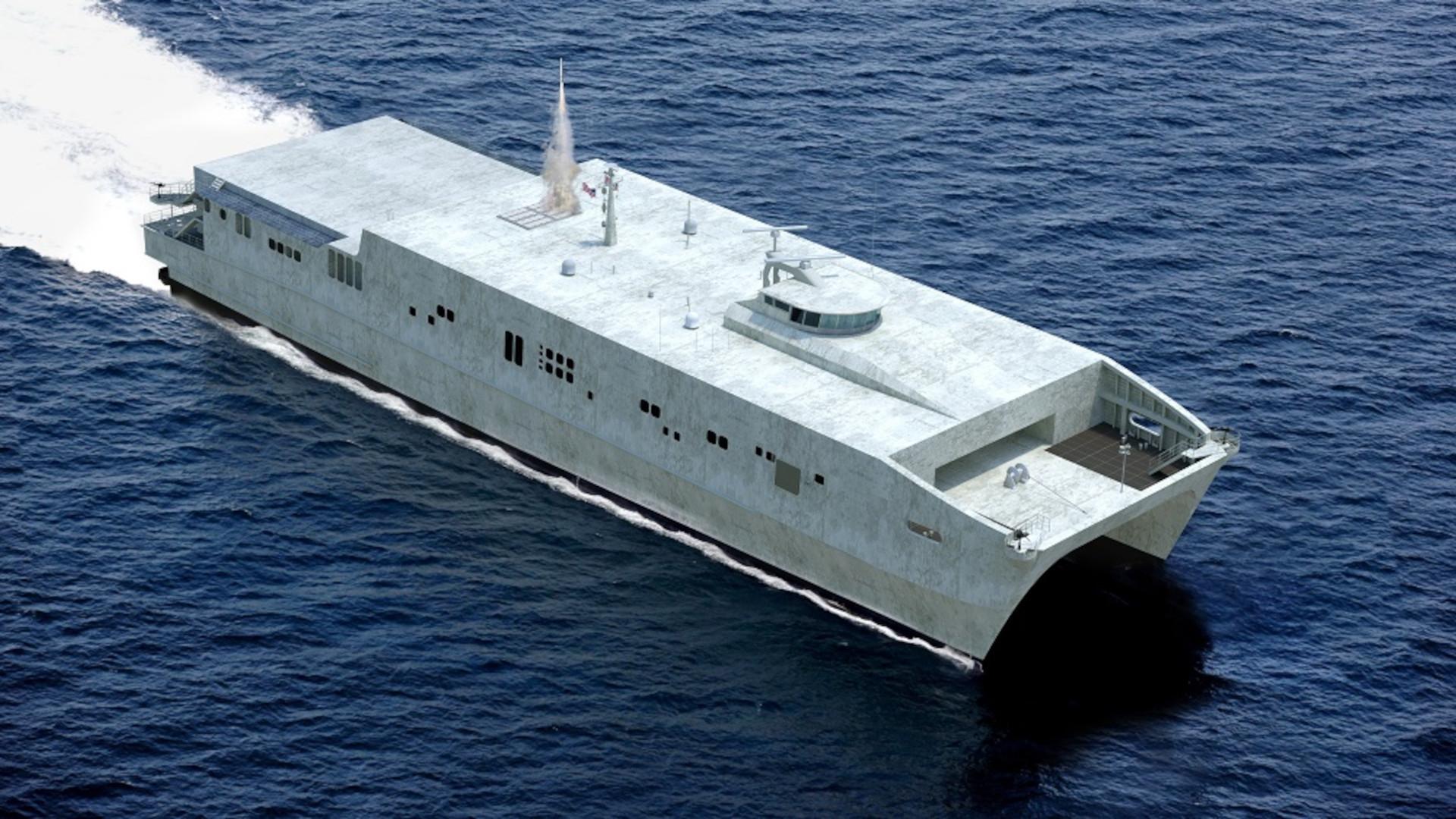
The “six Large Optionally Crewed Surface Vessels (LOSVs) with 32 Vertical Launching System cells” will provide “enhanced lethality through additional multi-domain strike capacity and directly increasing survivability, lethality and endurance,” according to the new review. The “Large Optionally Crewed Surface Vessels (LOSVs) should be acquired through formal engagement with the United States Navy program as a fast follower to enable construction of the LOSVs at either the Henderson shipyard in Western Australia or overseas.”
The new surface fleet review does not explicitly name the U.S. Navy program the Royal Australian Navy would hope to piggyback on when it comes to its future optionally-crewed vessels. However, the U.S. Navy is in the midst of a program to develop and acquire a class of Large Uncrewed Surface Vessels (LUSV) with similar sounding capabilities, including between 16 and 32 vertical launch system cells.
“The [U.S] Navy envisions LUSVs as being 200 feet to 300 feet in length and having full load displacements of 1,000 tons to 2,000 tons, which would make them the size of a corvette. (i.e., a ship larger than a patrol craft and smaller than a frigate),” according to a report from the Congressional Research Service (CRS) published in December 2023. “The Navy wants LUSVs to be low-cost, high-endurance, reconfigurable ships with ample capacity for carrying various modular payloads—particularly anti-surface warfare (ASuW) and strike payloads, meaning principally anti-ship and land-attack missiles.”
In 2020, the U.S. Navy awarded contracts to six different companies – Austal USA, Bollinger Shipyards Lockport, Gibbs & Cox, Huntington Ingalls Industries (HII), Lockheed Martin, and Marinette Marine (currently a subsidiary of Italy’s Fincantieri Marine) – to conduct LUSV design study work, and the service announced it had awarded modifications to each one of those deals two years later. The Navy, in cooperation with the Pentagon, has also been conducting various tests involving experimental larger optionally-crewed designs, including live-fire missile launches. The service’s goal now is to begin acquiring actual operational LUSVs starting in the 2025 Fiscal Year.
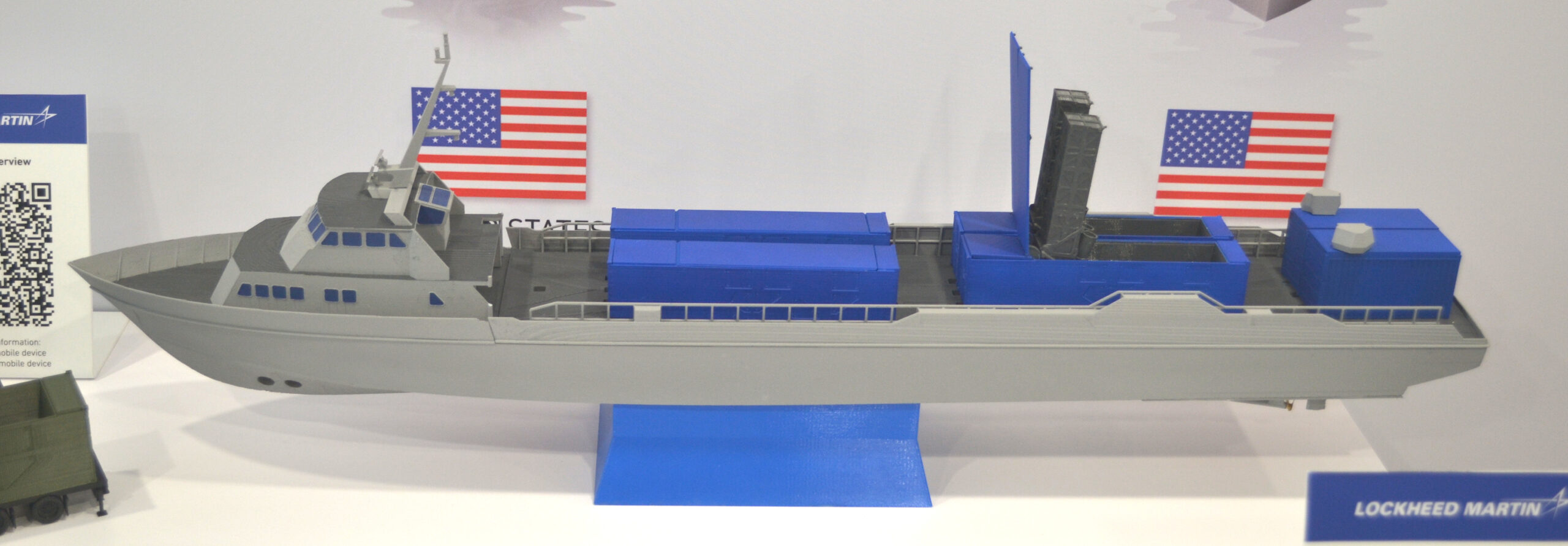
Though it remains to be seen what LUSV design the U.S. Navy might pick for its own use, it’s interesting to note that Austal USA’s parent company is Australian and has been particularly prolific in recent years when it comes to releasing renderings of various tiers of uncrewed ship designs. The company has also already proposed concepts of operations involving Hunter class frigates acting as crewed command ships for groups of different uncrewed surface vessels.
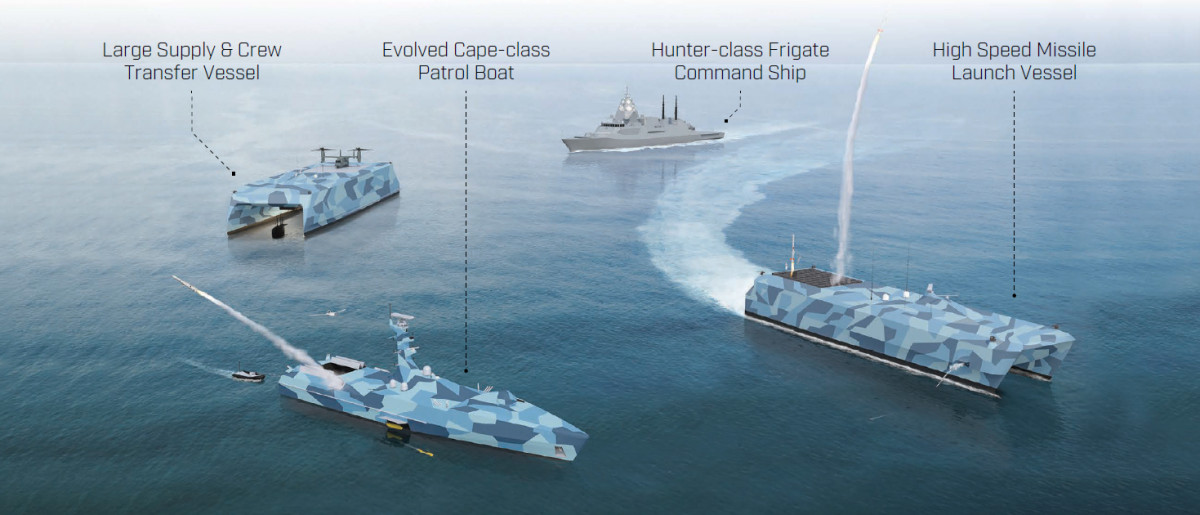
Australia’s future optionally-crewed “vessels will rely on Aegis Baseline 9 or later, which is the combat system planned to be operated by the Hunter class frigates from delivery, and by the Hobart class destroyers post-upgrade,” the new surface fleet plan notes.

The Royal Australian Navy’s three 7,700-ton-displacement Hobart class destroyers are currently its most modern and capable surface combatants. As part of the upgrades mentioned here, the Hobarts are set to gain the ability to fire Tomahawk land-attack cruise missiles, which will offer Australia a significant boost in maritime firepower, as The War Zone has reported in the past. The destroyers will also see their Harpoon anti-ship missiles replaced with Naval Strike Missiles (NSM), a stealthy design with secondary land-attack capability that is increasingly popular around the world, including in the United States.
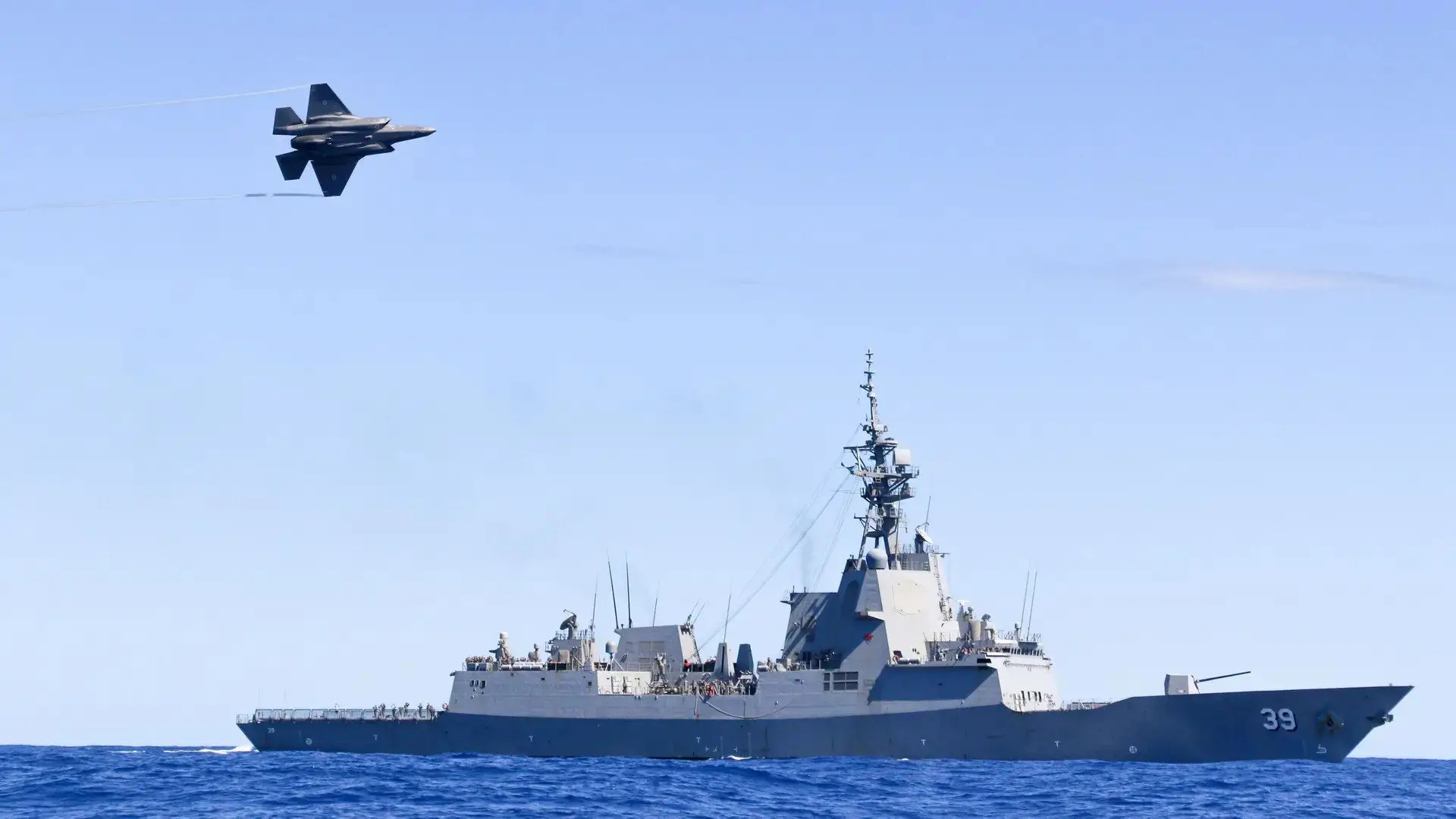
The trio of Hobarts together with the truncated class of six Hunter class frigates are now set to form the core of the Royal Australian Navy’s “Tier 1” surface combatants. The new Australian fleet plan also says that there has been an agreement “in principle” to integrate Tomahawk in the future onto the Hunters, a design derived from the British Type 26 that you can read more about here.
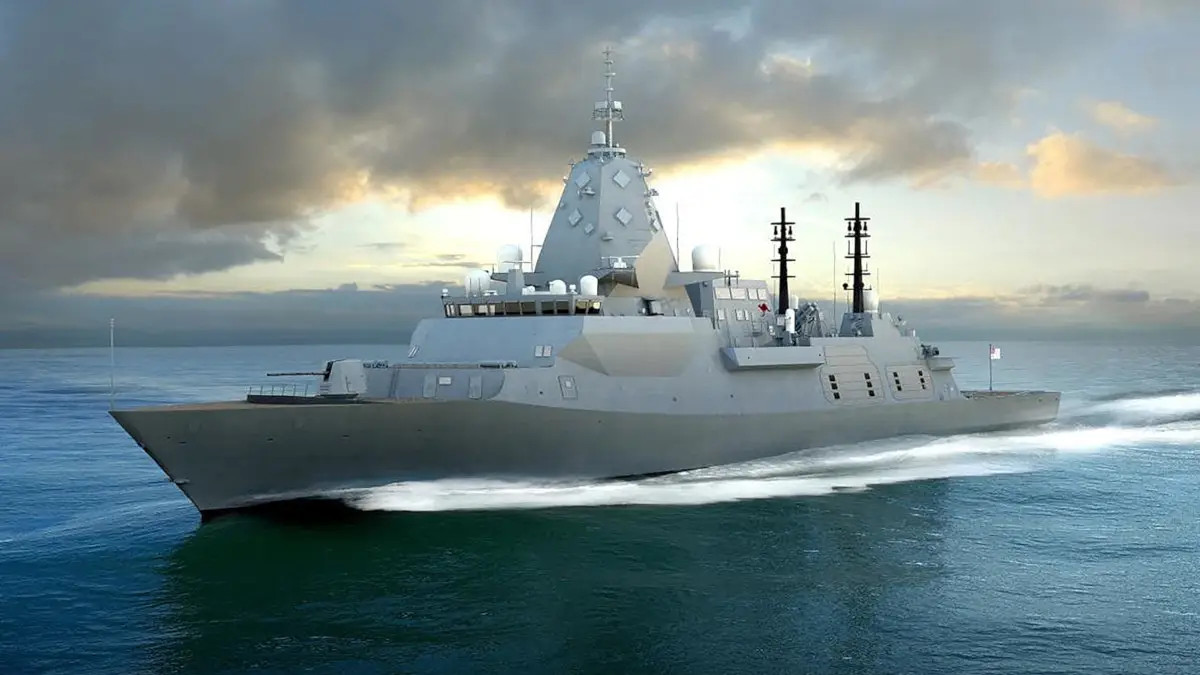
Overall the primary stated purpose of the six optionally crewed vessels will be to “increase the vertical launching system cell capacity of the Tier 1 surface combatant fleet,” according to the new review. “This investment will increase distributed fleet lethality with a lower cost and crewing impact.”
These are commonly cited benefits in discussions about navies acquiring larger uncrewed or optionally-crewed vessels, in general. These kinds of vessels do not need to have the same breadth of capabilities as a general-purpose warship, such as extensive sensor suites, since they can feed in targeting data from offboard sources. These ships could operate relatively far from their larger crewed companions, creating new tactical opportunities and targeting challenges for hostile forces. The general operating costs, as well as risks to friendly personnel, can be further kept to a minimum by the use of very small crews if any crew at all.
The Australian plan is to operate these ships first with crews, according to the country’s ABC. However, this is also in line with the U.S. Navy’s plans as they are understood now. “Although referred to as unmanned vehicles, LUSVs might be more accurately described as optionally or lightly manned ships, because they might sometimes have a few onboard crew members, particularly in the nearer term as the Navy works out LUSV enabling technologies and operational concepts,” according to CRS’ December 2023 report.
These optionally crewed ships are also now set to be part of a larger “Tier 2” of Royal Australian Navy warships that will also include new traditional crewed general-purpose frigates. These ships will eventually supplant the eight Anzac class frigates in service now in lieu of the previously planned larger life extension program for those vessels. Six Anzacs are still expected to receive less extensive enhancements, including Naval Strike Missiles to replace their Harpoons.
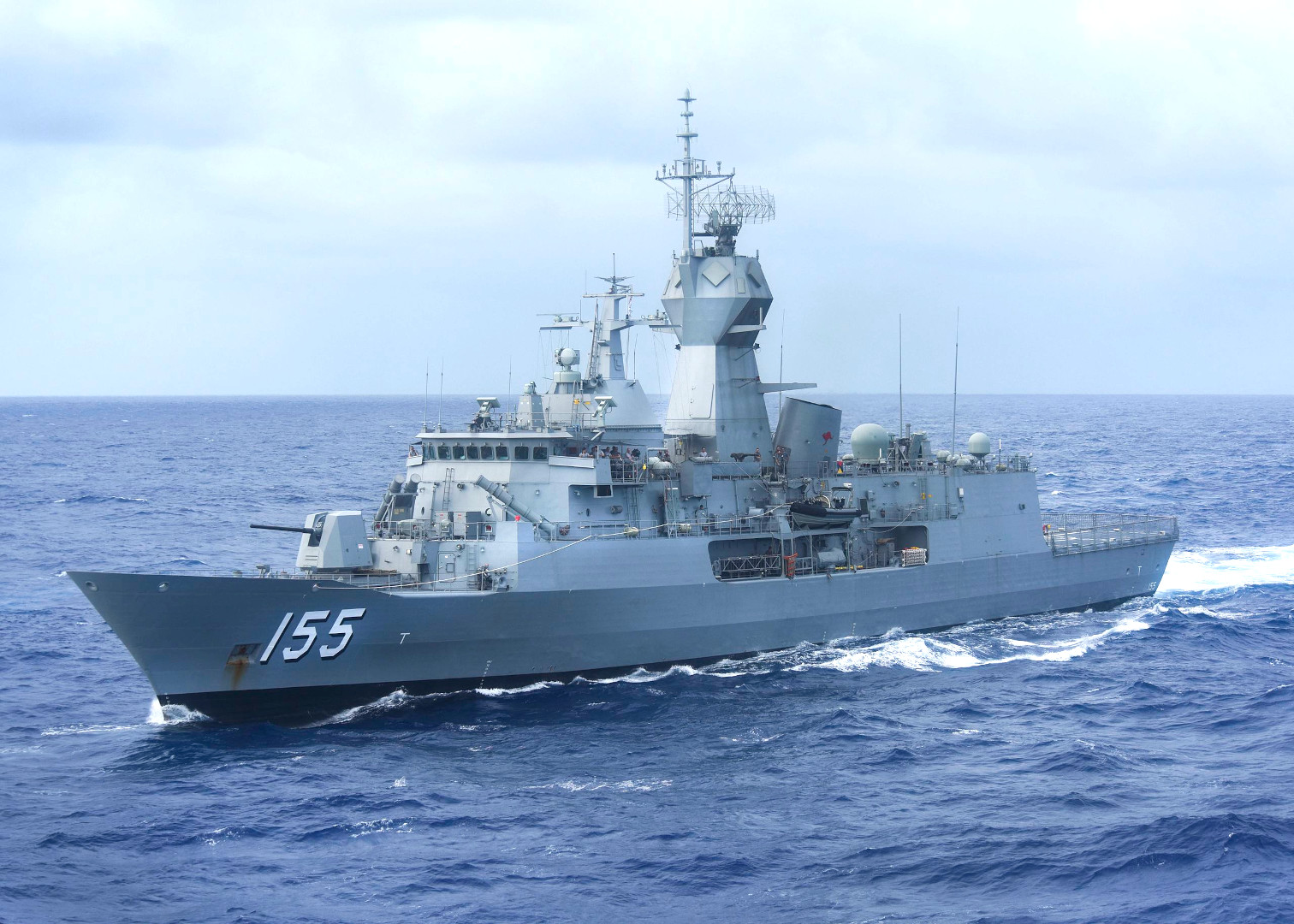
“The Government [of Australia agrees that … general purpose frigates are needed to provide [the] Navy with the necessary number of platforms to meet the strategic challenges Australia faces, provide enhanced availability and to secure our northern approaches,” the new fleet review says. “The Government will accelerate the acquisition of [at least seven and up to] 11 general purpose frigates to deliver capability sooner and address the risk presented by an ageing and increasingly fragile surface combatant fleet.”
The new Australian warship plan for these ships will be optimized for “undersea warfare,” or anti-submarine warfare, but will also be capable of “air defense through a limited number of point and self-defense systems” and of some degree of “maritime and land strike.”
The plan would be to acquire these ships “via an offshore then onshore build process, where ships are built overseas before transitioning to an Australian build.” The review lists four existing foreign designs that could be considered: the MEKO A-200 from Blohm+Voss (a subsidiary of Thyssenkrupp) in Germany, Japan’s Mogami class (also known as the 30FFM), the Batch II or Batch III subclasses of South Korea’s Daegu class, and the Alfa 3000 from Spanish shipbuilder Navantia. Australia’s existing Anzac frigates are based on an older version of the German MEKO design, while its Hobart class destroyers were designed by Navantia.
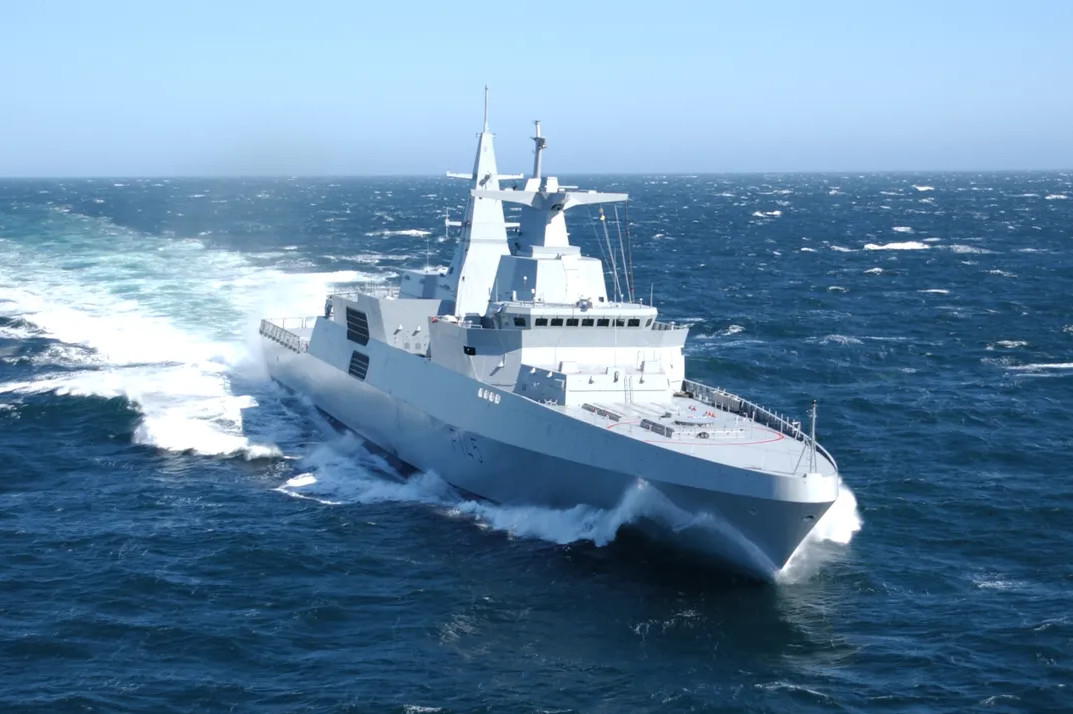

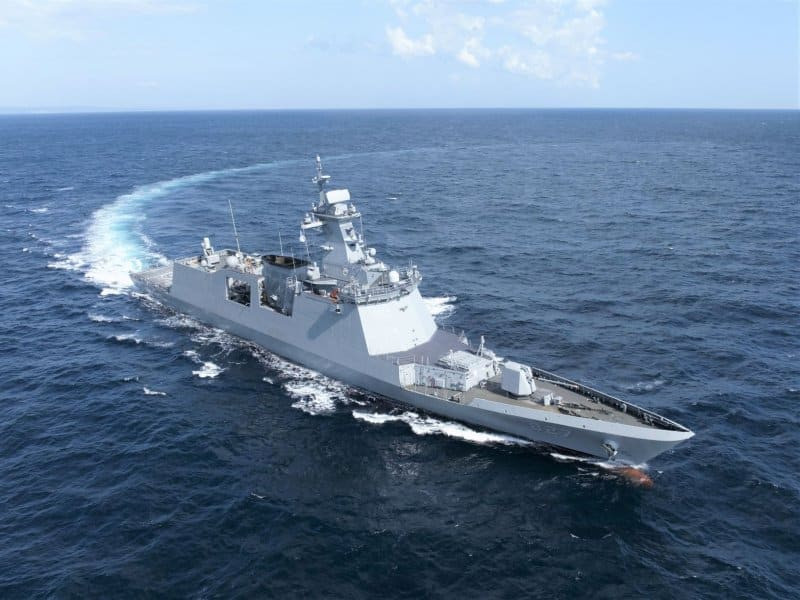
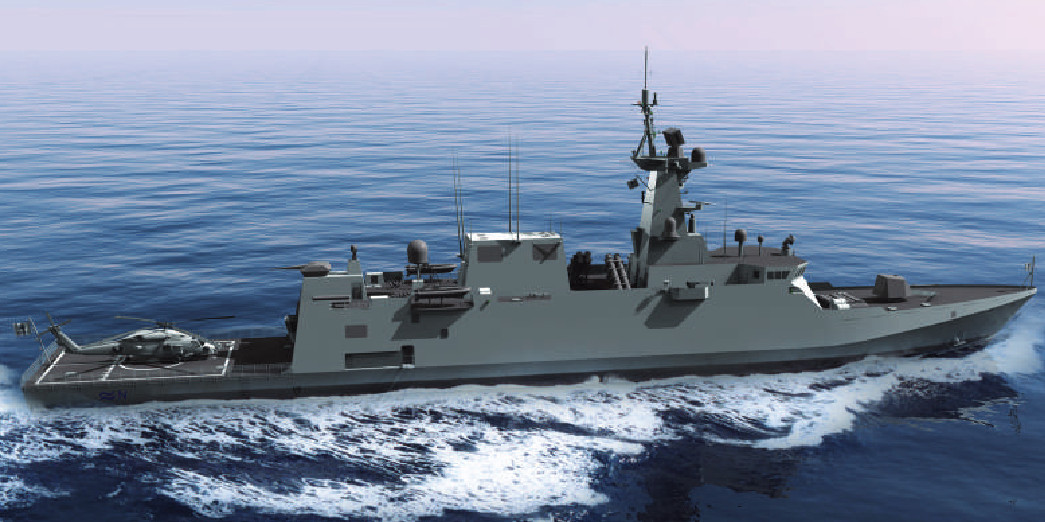
Some may question why the U.S. Navy’s forthcoming Constellation class is absent from this list, especially given the express discussion of cooperating with the United States on the optionally-crewed ships. U.S. authorities have talked about foreign cooperation on the Constellation program in the past and Greece has become the first to express formal interest in acquiring ships based on this design. However, the four designs listed in the new Australian review make clear that the country is looking for a smaller frigate than the Constellation.
The United States and Australia, as well as the United Kingdom, are of course very actively cooperating on a host of defense and security issues through the trilateral AUKUS agreement. This includes plans to assist the Royal Australian Navy in its acquisition of new fleets of nuclear-powered attack submarines, starting first with U.S.-made Virginia class types and then moving on to examples of a new design. You can read more about that effort here.
Lastly, the new Australian fleet review calls for “a total force of 25 minor war vessels, consisting of the Navy’s requirement for six Arafura class Offshore Patrol Vessels (OPVs) and eight Evolved Cape class patrol boats (ECCPBs), and 11 ECCPBs for Australian Border Force (ABF).” The Royal Australian Navy has already taken delivery of its eight ECCPBs, another design from Austal.

The reduction in planned purchases of Arafura class from 12 to six is driven by the related assessment that these ships represent “an inefficient use of resources for civil maritime security operations and [that the design] does not possess the survivability and self-defense systems to contribute to a surface combatant mission.”
“Whilst the OPV cannot conduct other roles (such as mine countermeasure or military survey) in its as-designed-and-delivered state, further investigation should be undertaken to determine how the OPVs could contribute to other mission sets,” the review notes. In the meantime, “the number of OPVs to be acquired should be reduced … with their role focused on civil maritime security operations and enhanced regional engagement in the Southwest Pacific and maritime Southeast Asia. These vessels will also provide the additional capability and capacity for civil maritime security operations surge requirements in lieu of Tier 1 and Tier 2 surface combatants.”
However, the belief is that “the ECCPB design best meets the operational need of the constabulary force in the conduct of civil maritime security operations,” according to the review. “If feasible,” the larger Arafuras “should be replaced by ECCPBs in the civil maritime security operations function.”
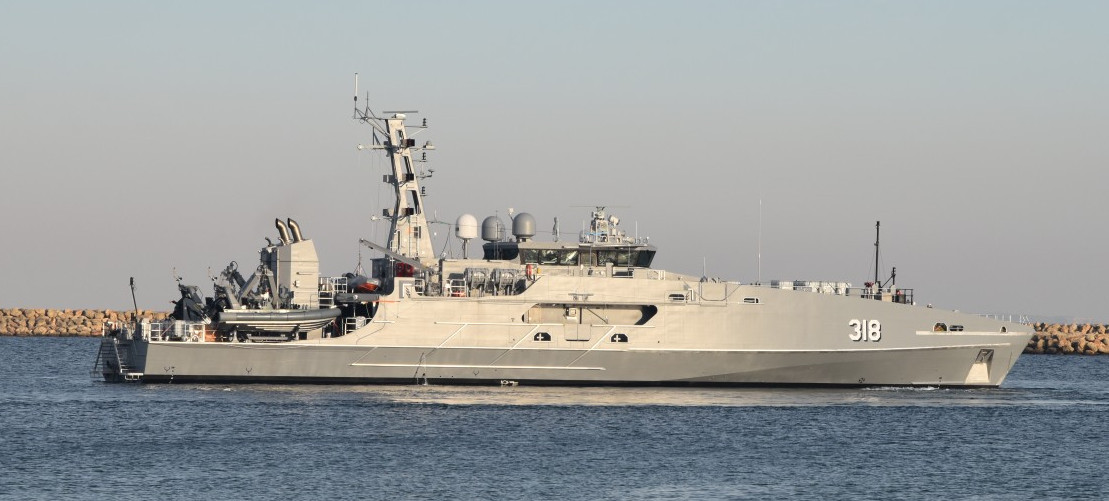
It remains to be seen how much of this new Royal Australian Navy fleet plan will be actually implemented, and when. Questions have already been raised about where the additional $11.1 billion AUD (equivalent to around $7.215 billion USD at the rate of conversion at the time of writing) required for this plan just over the next 10 years will come from. This looks set to be a significant portion of Australian defense spending in the future. Domestic industrial offsets are clearly a major component of the plan, as well.
In addition, the new independent analysis says that it “found in excess of $25 billion [AUD; $16.25 billion USD] in unfunded cost pressures in the surface fleet acquisition and sustainment program.” The new plan is intended in part to help address this projected shortfall. Still, things like now-planned cuts to the size of the Hunter and Arafura class fleets will not produce any functional cost savings in the near term as this applies to ships not yet even in construction.
“The larger surface combatant force we have recommended requires a minimal increase to crew complement due to a rationalization of crew sizes and an increased reliance on technology and automation,” the review notes, as well. However, “this increased workforce demand does not exceed the current plan before 2040.”
Australia is presented with significant demands when it comes to safeguarding its own maritime interests, including being able to keep highly strategic maritime trade routes open, in the Pacific and beyond. Increasing regional competition with China, as well as the prospect of Australia becoming embroiled in a major conflict in the Pacific in support of various allies and partners, including the United States, are clearly of particular concern to Australian authorities.
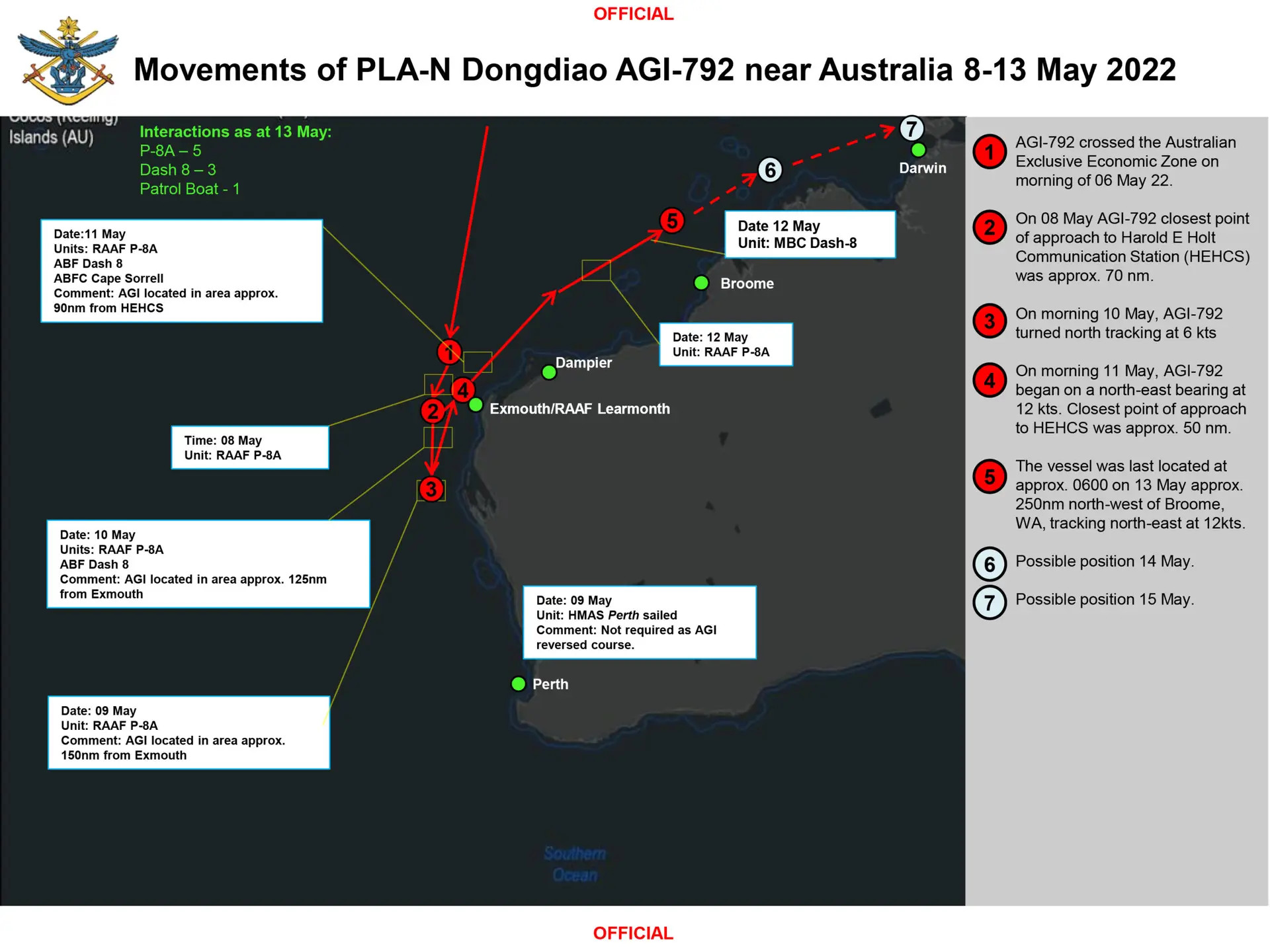
“The Defense Strategic Review (DSR) found that the Navy must be optimized for operating in Australia’s immediate region and for the security of our sea lines of communication and maritime trade,” the new warship review makes clear. “The DSR identified that the ADF’s [Australian Defense Force’s] current force structure is not fit for purpose for our current strategic circumstances.”
When it comes to Australia’s surface fleet, the hope is that the purchase of new optionally-crewed vessels, with the help of the United States, as well as a fleet of general-purpose frigates, together with a reshuffling of other planned naval acquisitions, will help address these gaps.
Contact the author: joe@twz.com
